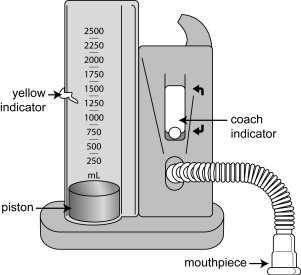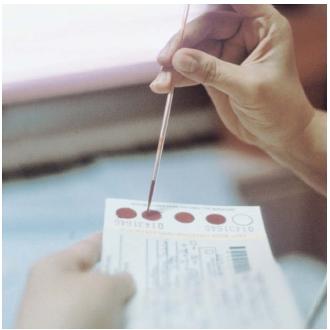Magnetic Resonance Imaging
- Magnetic resonance imaging provides cross-sectional images of brain tissue. It is more detailed than a CT scan
- The procedure is contraindicated to pregnant women, obesity (more than 300 lbs), claustrophobic patients, patients with metal implants (pacemaker, hip replacements and jewelries)
Read more...














